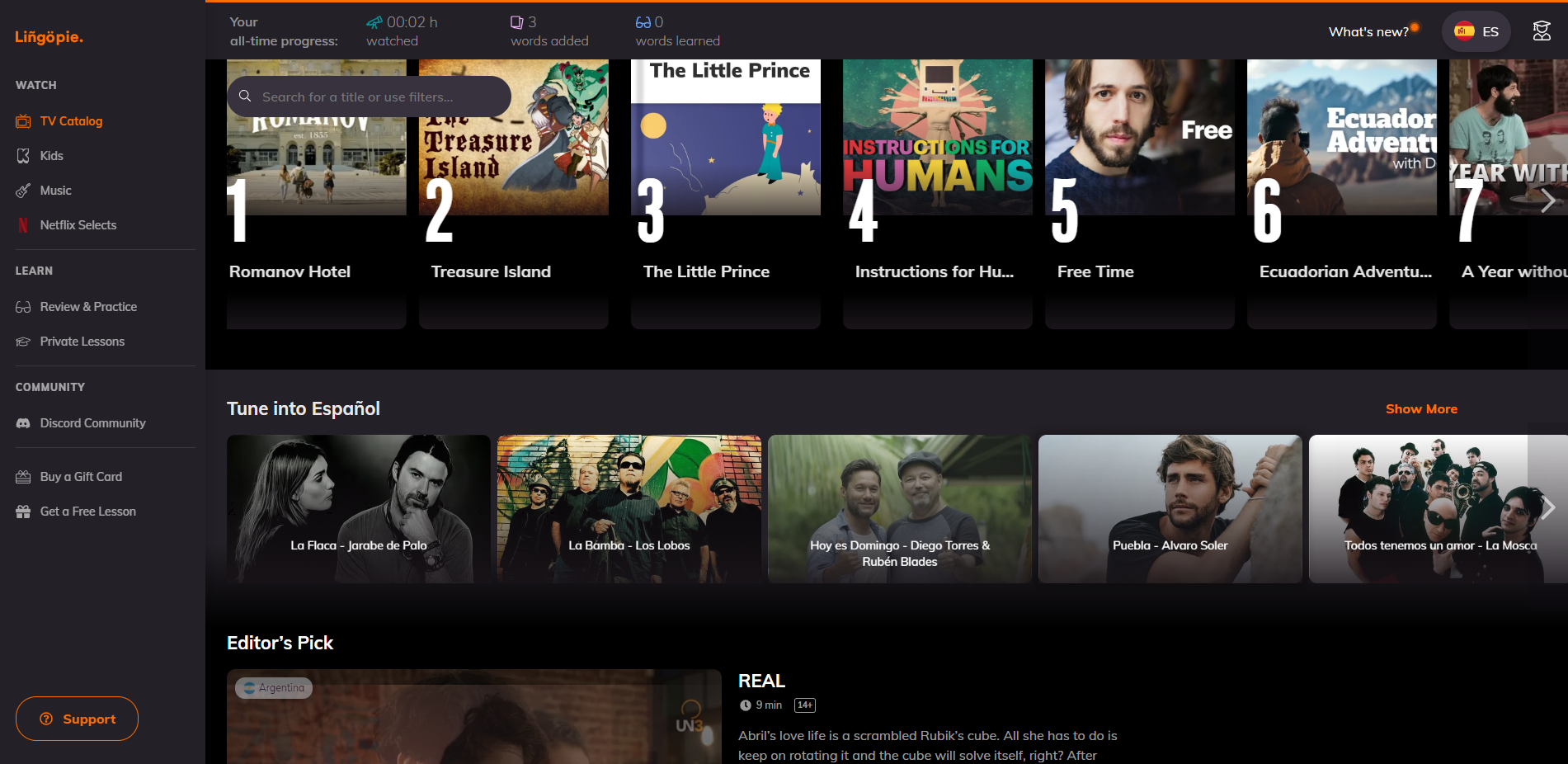Online Language Teaching: Challenges and How to Overcome Them
written by: Krystof-Sandor Harfst
Table of Content
The digital revolution has transformed the landscape of education, and language teaching is no exception. Online language teaching offers unprecedented flexibility and accessibility, allowing learners to connect with educators from around the world. However, along with its benefits, this mode of teaching comes with its own set of challenges that both teachers and learners must navigate. In this article, we will delve into the common challenges of online language teaching and provide practical solutions to overcome them.
Technical Issues: The Bumpy Road to Seamless Learning
One of the primary challenges in online language teaching is the potential for technical issues to disrupt the learning experience. Poor internet connectivity, software glitches, and hardware limitations can hinder communication between teachers and learners. To mitigate these challenges, both educators and learners can take the following steps:
- Preparation is Key: Teachers should familiarize themselves with the platform they are using for teaching. This includes understanding the features, settings, and troubleshooting options. Similarly, learners should ensure they have the necessary software and a stable internet connection before the lesson starts.
- Backup Plans: Technical issues are inevitable, so having a backup plan can be a lifesaver. Teachers can keep supplementary materials ready offline, and learners can consider recording the sessions to review later.
- Clear Communication: Teachers and learners should establish clear communication channels to report technical problems. This might include using alternative communication tools or email to inform each other about issues.
Distractions: Taming the Temptation of Multitasking
The online environment can be rife with distractions, making it challenging for learners to maintain focus. Social media, email notifications, and other digital temptations can lead to divided attention during language lessons. Here's how to address this issue:
- Set Ground Rules: Teachers can set clear expectations at the beginning of each session, encouraging learners to minimize distractions. Establishing a "no-phone" policy during the lesson and closing unnecessary tabs can help create a focused learning environment.
- Engaging Content: To keep learners engaged, teachers can incorporate interactive activities, quizzes, and multimedia content into their lessons. These elements make the learning experience more dynamic and less likely to lose learners' attention.
- Regular Breaks: Incorporating short breaks during longer sessions can help learners recharge and refocus. During breaks, encourage physical movement and relaxation techniques to maintain cognitive freshness.
Lack of In-Person Interaction: Cultivating Connection in a Virtual World
A significant aspect of traditional language classrooms is the in-person interaction between teachers and students. Online language teaching may lack the same level of personal connection, but there are strategies to bridge this gap:
- Video Communication: Whenever possible, opt for video communication instead of just audio. Seeing facial expressions and body language can enhance the understanding of both verbal and nonverbal cues.
- Icebreakers and Warm-Up Activities: Begin sessions with icebreaker activities that encourage learners to share personal stories or opinions. This helps build rapport and create a more comfortable learning environment.
- Small Group Activities: Breakout rooms or small group discussions can simulate the feel of group work in a physical classroom. These activities foster collaboration and interaction among learners.
- Feedback and Encouragement: Regularly provide feedback on language proficiency and progress. Positive reinforcement and constructive criticism help learners feel connected and motivated.
In conclusion, online language teaching presents a unique set of challenges, but with careful planning and implementation of effective strategies, these challenges can be overcome. Technical issues can be minimized through preparation and communication, distractions can be managed with clear guidelines and engaging content, and the lack of in-person interaction can be compensated through video communication and interactive activities. As technology continues to shape the future of education, educators and learners alike must adapt and innovate to create meaningful and successful online language learning experiences.
Share this article!






